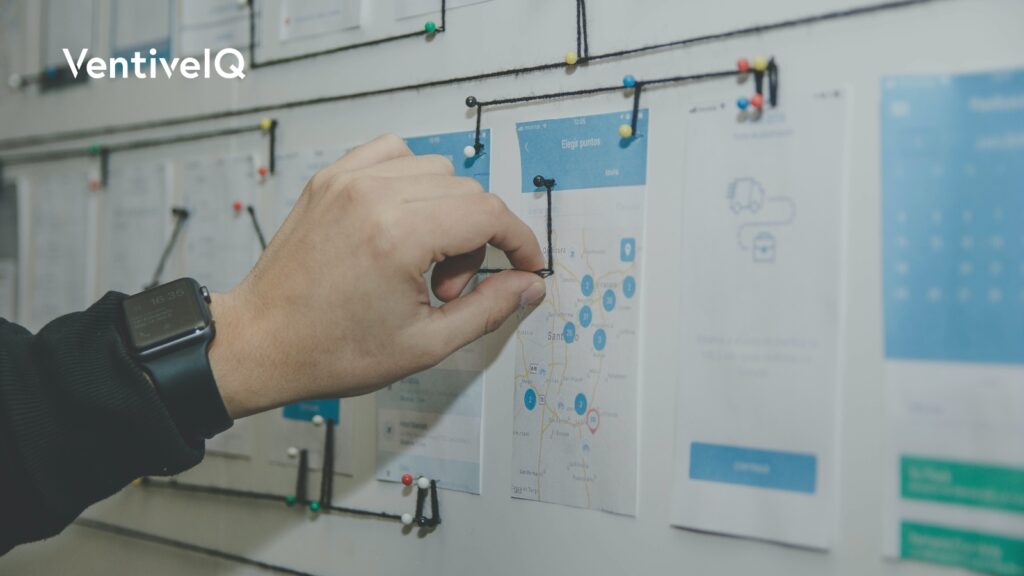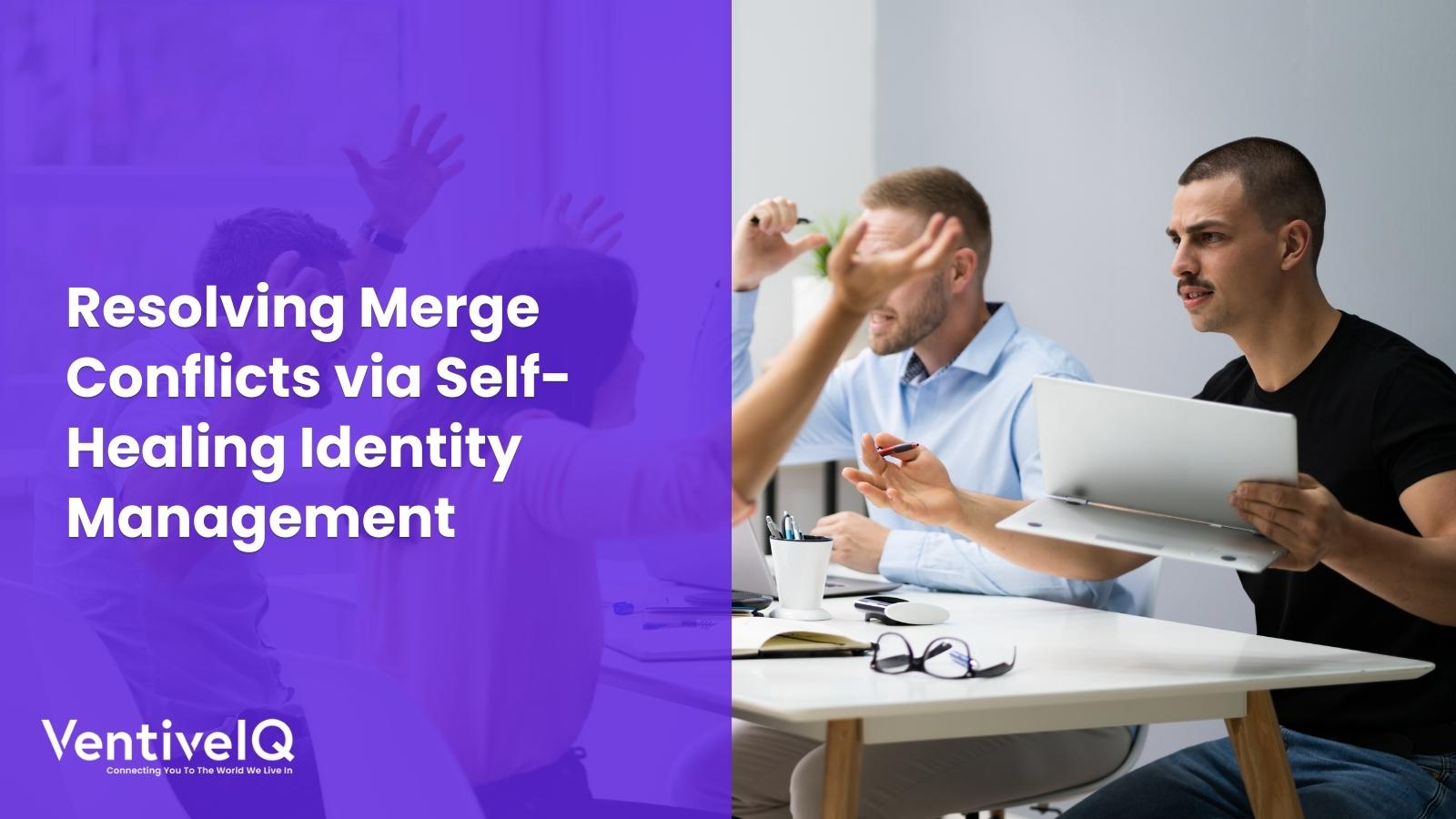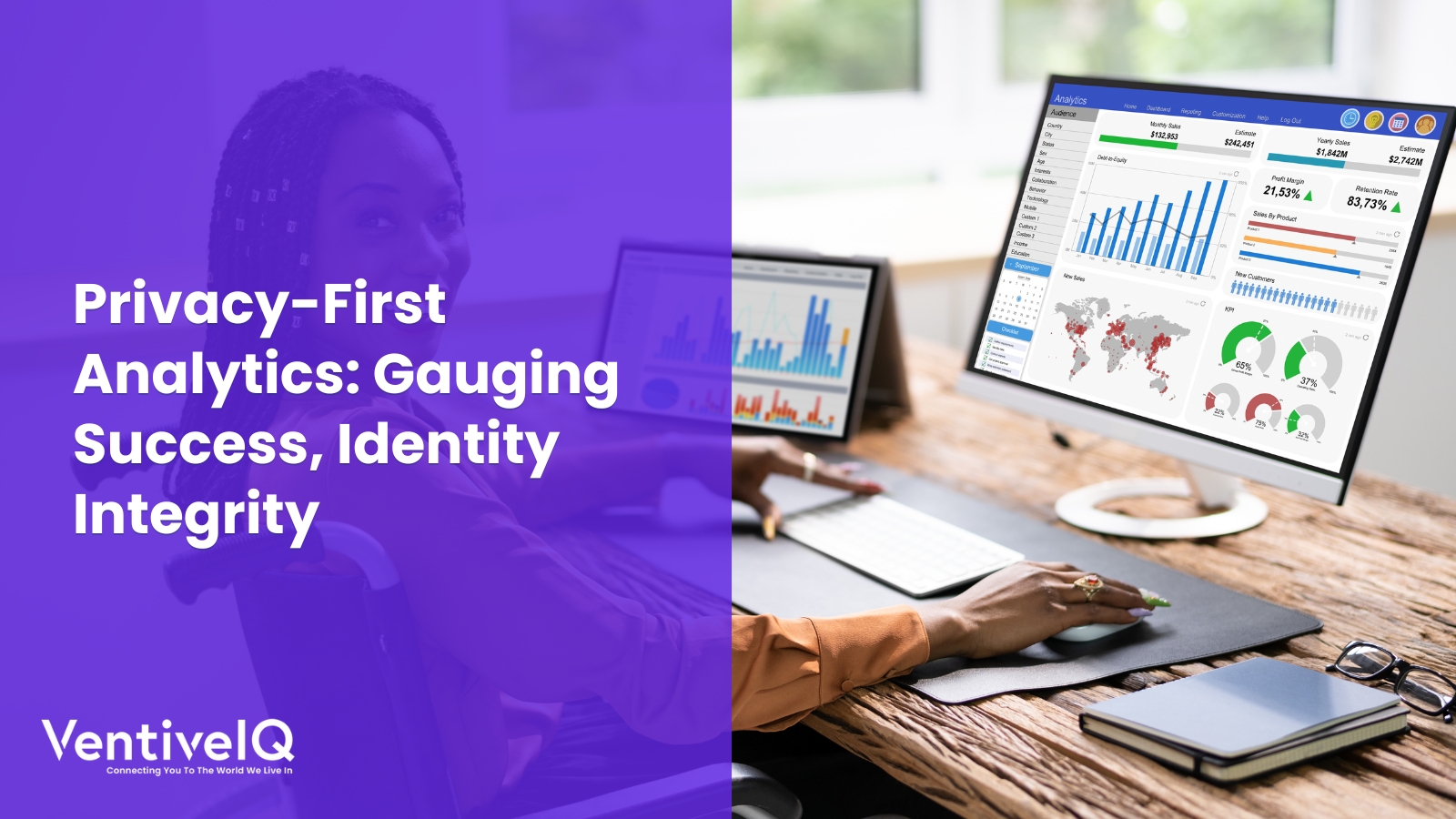Merge conflicts can be a major pain point for developers. Learn how self-healing identity management can help you resolve them more easily and efficiently.
Merge conflicts are like the bumps in the road of our journey through version control. They’re those moments when your changes collide with someone else’s, and the system throws its hands up, shouting, “I can’t decide which version to keep!” Frustrating, right?
But fret not, because self-healing identity management is here to the rescue! In this blog post, we’ll break down what this magical solution is all about and how it can revolutionize the way you resolve merge conflicts in your business. So, grab your favorite brew, settle into your comfiest chair, and let’s get started.

What Are Merge Conflicts?
Before we dive into the solution, let’s quickly recap what merge conflict are. Merge conflict frequently arises during the course of software development. They happen when two or more developers make changes to the same codebase at the same time. When the changes are merged, the version control system doesn’t know which changes to keep, so it flags the conflict for the developers to resolve.
Merge conflict can be time-consuming and frustrating to resolve, especially if they are complex. However, there are a number of things that developers can do to make the process easier. One of the most effective things to do is to use a self-healing identity managing solution.
The Role of Identity Management
Identity managing, in the context of version control, refers to the system’s ability to recognize who made which changes. This involves assigning unique identifiers to each user or contributor. It’s like having a virtual bouncer at the entrance to a party, making sure only authorized folks get in.
What is self-healing identity management?
Self-healing identity managing is a type of identity managing that uses artificial intelligence and machine learning to automate the process of managing user identities. This includes creating, updating, and deleting user accounts, as well as provisioning and de-provisioning access to resources.
Self-healing identity managing solutions can also be used to resolve merge conflict. When a merge conflict occurs, the self-healing identity management solution can use its knowledge of user identities to determine which changes should be kept and which changes should be discarded.
How self-healing identity management can help resolve merge conflicts
Imagine if your version control system could not only identify who made changes but also automatically resolve merge conflict based on user identities. That’s where self-healing identity managing shines. Self-healing identity management can help resolve merge conflict in a number of ways.
- User Identification: Every contributor is assigned a unique identity marker. This could be their username, email, or any other identifier.
- Conflict Detection: When a merge conflict occurs, the system analyzes the conflicting changes and identifies the users involved.
- Pattern Recognition: Self-healing identity managing looks at past behaviors. It considers things like the user’s editing history, the types of files they usually work on, and their coding style.
- Automatic Resolution: Based on this analysis, the system intelligently decides which changes to keep and which to discard, aiming for the least disruption and the smoothest collaboration.

Benefits of using self-healing identity management to resolve merge conflict
There are a number of benefits to using self-healing identity managing to resolve merge conflict. These include:
- Reduced time and effort: Self-healing identity managing can automate the process of resolving merge conflict, saving developers a lot of time and effort.
- Improved accuracy: Self-healing identity managing can help to ensure that merge conflict are resolved accurately, even when they are complex.
- Reduced risk of errors: Self-healing identity managing can help to prevent errors from occurring during the merge conflict resolution process.
- Improved collaboration: Self-healing identity managing can help to improve collaboration between developers by making it easier to resolve merge conflict.
How to implement self-healing identity management to resolve merge conflict
Now that you’re itching to give this a try, let’s talk about implementation. Let’s kick things off with these essential steps:
- Choose the Right Version Control System: Ensure that your version control system is compatible with self-healing identity managing or look for plugins or extensions that offer this functionality.
- User Identification: Set up a robust user identification system. This could involve using usernames, email addresses, or any other unique identifier for each contributor.
- Train the Algorithm: Your self-healing identity managing system needs some training data to work its magic. Let it observe your team’s behavior for a while to understand patterns.
- Monitor and Adjust: Keep an eye on how well the system is performing. Are conflicts being resolved effectively? Adjust as needed.
- Provide User Training: Ensure that your team understands how the system works and can trust it to handle conflicts. This will foster acceptance and smooth adoption.
Role of ventiveIQ in Resolving Merge Conflict via Self-Healing Identity Management
VentiveIQ plays a crucial role in resolving merge conflict via self-healing identity managing. Its Identity Graph provides a unified view of customer data from across multiple sources, enabling businesses to identify the source of merge conflict, automate the conflict resolution process, and prevent merge conflict from happening in the first place.
Here are some specific ways in which VentiveIQ’s Identity Graph can be used to resolve merge conflict:
- Identifying the source of the conflict: VentiveIQ can identify the developers who made the conflicting changes and the user accounts that they were associated with. This can help the developers to understand why the conflict occurred and find a resolution.
- Automating the conflict resolution process: VentiveIQ can automate the process of resolving merge conflict. For example, VentiveIQ can be used to identify which changes should be kept and which changes should be discarded based on the permissions of the developers who made the changes. This can save the developers a lot of time and effort.
- Preventing merge conflict from happening in the first place: VentiveIQ can track changes to user identities and access privileges. This can help to identify potential conflicts before they occur. For example, VentiveIQ can alert a developer if they are trying to make a change to a file that they do not have permission to access. This can help the developer avoid merge conflict altogether.

Challenges to Consider
While self-healing identity managing offers a promising solution, it’s not without its challenges. Consider the following points:
- Privacy Concerns
Storing user data and behavior patterns may raise privacy concerns. It’s essential to address these concerns and ensure that your implementation complies with privacy regulations.
- Initial Setup
The initial setup can be a bit time-consuming, especially when training the algorithm. However, the long-term benefits far outweigh this initial investment.
Conclusion
Merge conflicts are an inevitable part of version control, but they don’t have to be a headache. With self-healing identity management, you can streamline conflict resolution, save time, and foster a more harmonious and efficient work environment. So, if you’re tired of playing the role of a conflict mediator in your development projects, it’s time to consider implementing self-healing identity management.

